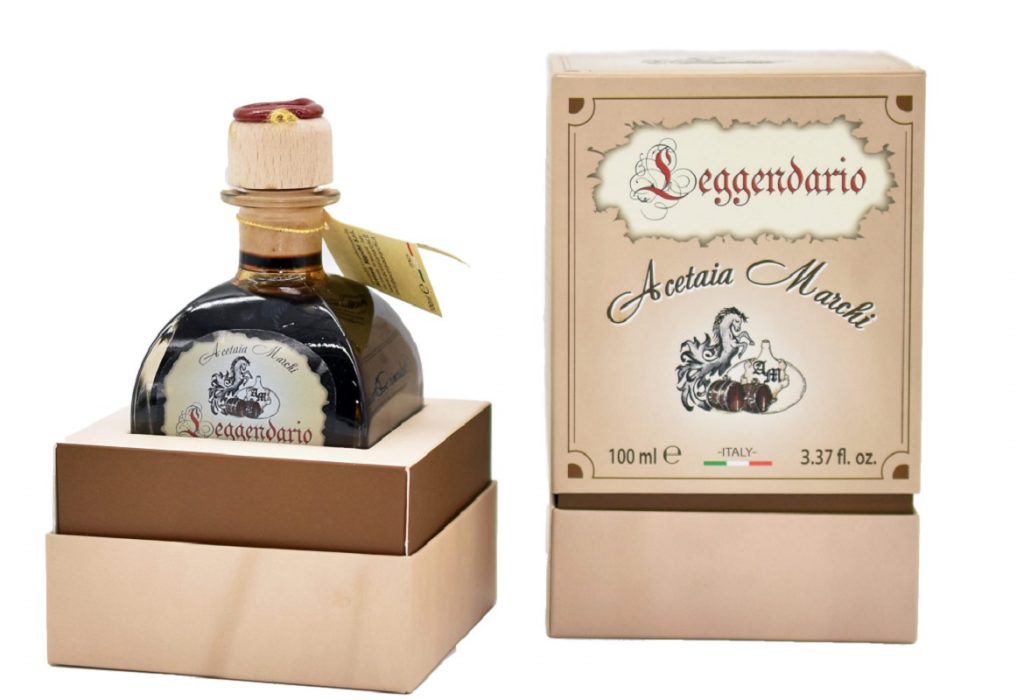The true soul of every Modena vinegar house? Its Balsamic Condiments
The beautiful city of Modena is world famous for a very special product: Balsamic Vinegar. But where is Balsamic Vinegar produced? And what other special products are linked to Balsamic Vinegar? For example, the tasty balsamic condiments. With this article we will try to discover this world of taste.
Balsamic Vinegar of Modena, what it is
Balsamic Vinegar of Modena PGI and Traditional Balsamic Vinegar of Modena PDO are vinegars obtained in particular climatic and production conditions. To obtain an original product, grapes grown in the Modena area must be used, the musts must be cooked in a special way, and the traditional procedures of decanting from barrel to barrel must be respected. In fact, the product is aged in barrels, casks or vats made of precious wood. A production handed down from generation to generation. The original is produced between the provinces of Modena and Reggio Emilia, obtained from Sangiovese, Lambrusco, Trebbiano, Albana, Ancellotta, Fortana and Montuni grape musts, to which wine vinegar is added (10%) and a part of old vinegar, which must be at least 10 years old.
Balsamic Vinegar how it is made
.
Crushing the grapes produces a must that is cooked and matured through natural fermentation, with progressive concentration and ageing, not less than 12 years. It is marketed in two variants, the refined with 12 years of ageing or the extra-mature, which remains in the casks for at least 25 years. The process of acetifying the must can take place in various ways. The acetaia is the place, usually an attic, where the batteries for the production of Traditional Balsamic Vinegar of Modena PDO are located. A ‘battery’ is defined as a set of casks, of different capacities and placed according to scale, from the largest to the smallest. Finally, not everyone knows that real Balsamic Vinegar of Modena can only be bottled in a 100 ml bottle, designed by Giorgetto Giugiaro, the same for all producers.
Balsamic condiments what they are
.
There is not only Balsamic Vinegar. Another Modena delicacy are the balsamic condiments made by mixing concentrated grape must with a quality wine vinegar. This product too is matured in special wooden barrels. In this way, thanks to the fermentation of the vinegar, the food acquires the typical aroma and flavour of the balsamic condiment.

The differences between condiments and Balsamic Vinegar
.
Balsamic condiments do not have to comply with strict specifications such as D.O.P. and I.G.P. and therefore do not have to undergo specific ageing procedures. There are different types of balsamic condiments on the market, characterised by varying acidity and density. The best are 100% natural, containing no preservatives, colouring agents, thickeners, antioxidants, sweeteners or added sulphites.
How to use balsamic condiments in cooking
.
There are many recipes where balsamic condiments can be used to give a special flavour to one’s dishes. They can be combined with cooked and raw vegetables; for the preparation of meat dishes and to flavour buffalo mozzarella, combined with certain sauces and salads. They can also be put on some desserts.


